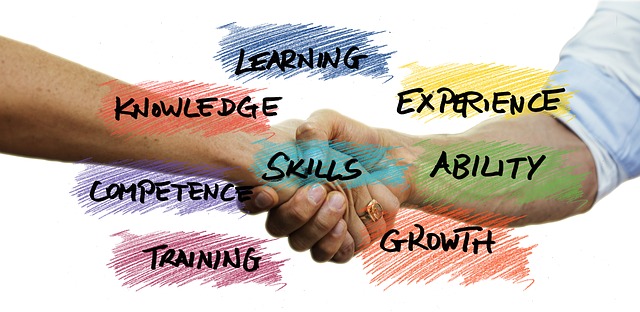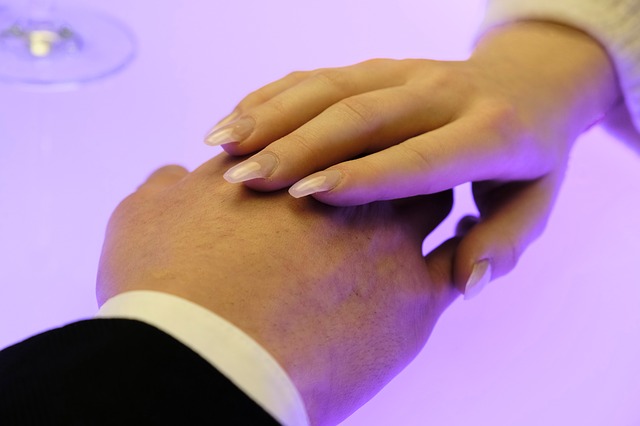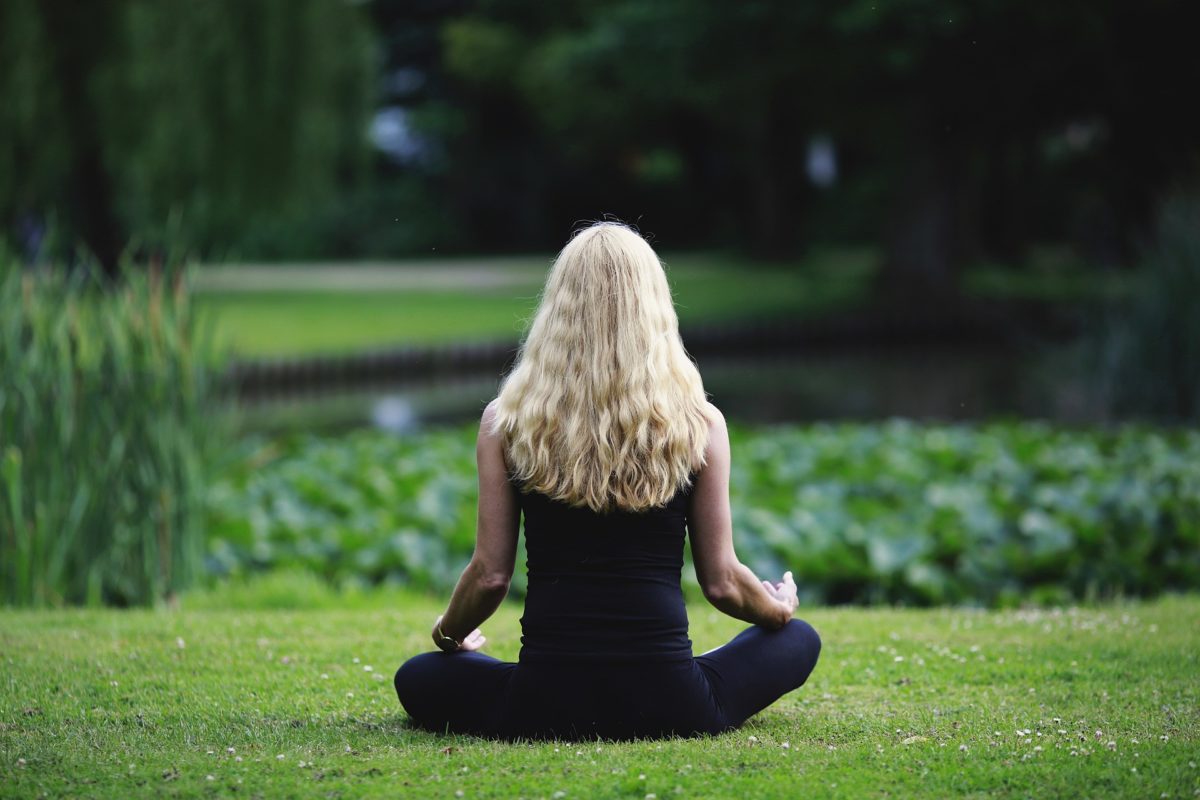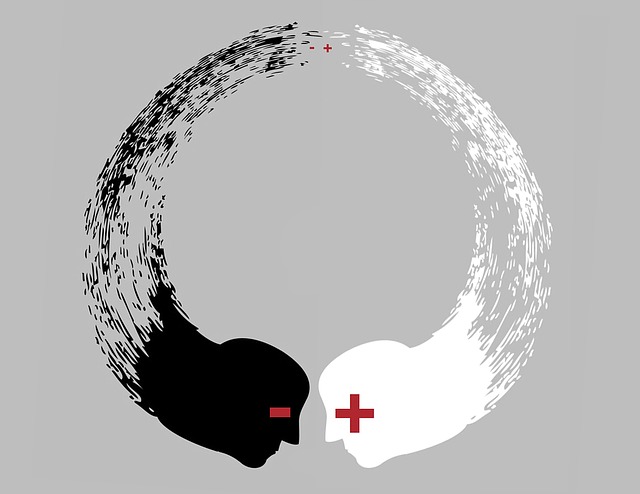Corey De Vos of Integral Life and Ryan Oelke discussed the need to address the effects of trauma at sometime in our life. Their discussion, Inhabit Your Wound, was wide-ranging and covered the impacts of trauma, barriers to addressing the wounds and processes for uncovering the wisdom that lies beneath the pain of trauma. They suggest that each of us has our own “unique constellation of trauma” but if the wounds are addressed with a gentle curiosity, social support, professional help and self-compassion, they can release new insights and energy to enable us to more fully realise our purpose in life.
Trauma tends to impact many facets of our life, often below the level of consciousness. It might be reflected in irrational fears, reluctance to appear in public, constant anxiety and depression, inability to develop and/or maintain intimate relationships, eating disorders or addiction, indecisiveness, inability to hold down a job or an overall sense of lack of meaning and purpose. Many things can trigger a trauma response, including objects, people, news, conversations and observing a violent incident – because trauma impacts at a “cellular level”. Trauma can leave us directionless, powerless, confused and disoriented.
Barriers to healing the wounds of trauma
Corey and Ryan maintain that the shadow of trauma follows us throughout life, but we typically have defence mechanisms to prevent us from dealing with the pain and healing the wounds. The memory of a trauma is often submerged below our level of consciousness because we sense that recollection is potentially too painful. We may even have experienced dissociation to keep the memory away from our inner awareness. We may have developed an internal narrative that is based on denial – “it really didn’t happen” – and this acts as a barrier to exploration and healing from trauma.
Ryan and Corey also observe that sometimes we could be part of a collective trauma experienced as a result of systemic discrimination or jointly experienced life events. These life events could take the form of war, mass incarceration, natural disasters or a terrorist incident. They can lead to “culturally inherited dramas” imprinted on our psyche. Experience with religion during childhood or later in life can leave its own “baggage” and can be “harder to unpack” and deal with because it can become caught up with other traumatic experiences. Corey and Ryan suggest that sometimes people want to hold onto their trauma because it makes them feel special and may even elicit a desired, sympathetic response from others (neediness in this area my be symptomatic of the trauma itself).
Processes to heal the wounds of trauma
We may have developed the ability to operate productively and confidently with our work environment but become aware of some disfunction in other arenas of our life. Alternatively, we may have noticed a habituated and unhelpful response to a specific kind of incident such as personal criticism, open conflict or someone challenging our ideas or perspective. These experiences can be the catalyst to deal with the “residual effect” of trauma and provide the necessary motivation to change our behaviour.
Corey and Ryan suggest, in line with Jon Kabat-Zinn, that a potential starting point is to “reinhabit our body” – to start noticing our bodily sensations and reactions. This can lead to curiosity about what has triggered these responses and what prior experiences underly the nature and intensity of our response. Ryan suggests that we need to work with any resistance we may experience in our body, but we should proceed slowly with a tender and caring curiosity. A key here is our readiness to open the wounds and our resilience in dealing with the result – timing and support are of the essence. Somatic meditation has proven to be an effective way to deal with the wounds of trauma and it is often undertaken with professionally trained facilitators.
There are a wide range of therapists to assist anyone who wants to deal with trauma and its effects. Some employ cognitive approaches (such as Dialectic Behaviour Therapy) requiring voicing our thoughts, feelings and assumptions, others use less cognitive approaches such as art or music as tools for therapy. A more recent development is the use of equine (horse) therapy which may be more appropriate for someone who loves animals and particularly horses. Organisations such as Beyond Blue provide links to resource centres and professional therapists and others such as the Black Dog Institute offer support groups. Keith Witt offers two books, Shadow Light and Shadow Light Workbook, that provide insights into our trauma-induced, unconscious responses and offer practices to illuminate the nature and potentiality of our “shadow self”.
The experience of Clare Bowditch in healing the wounds of trauma
Clare Bowditch – singer, songwriter and actor – captured her healing journey in her “no holds barred”, personal memoir, Your Own Kind of Girl. Clare indicated that she wrote the story of her early life to encourage others to speak to someone and seek assistance if they are suffering from the effects of trauma, especially if they are experiencing anxiety and/or depression. She describes in detail her own battle with anxiety and depression brought on by adverse childhood experiences and the trauma of seeing her sister die at the age of seven, after two years of hospitalisation with a rare, incurable illness that progressively eroded her muscles and caused paralysis.
Clare, like Corey and Ryan, stressed the critical importance of relationships (family and friends) for her successful healing journey. She encourages people to set out on the painful journey because it is “well worth it”, even if it turns out to be tougher than you first thought. Clare experienced a nervous breakdown – she had fled to London, unprepared economically and emotionally, after she experienced shame and depression following a relationship breakup. She experienced severe symptoms of her trauma wounds such as an inability to listen to music, write songs, watch TV, listen to the radio, eat well, sleep adequately or go outside. She was consumed by all kinds of irrational fears and images of death (grieving her sister’s death). Her response was to return home to her family and spend up to six months healing herself including meditating and learning about the impact of stress and unhealthy foods on the body’s nervous system.
Clare was able to reframe her nervous breakdown as a “nervous breakthrough” because “it was at this time that I got a really deep sense of what made sense to me, which was music” (p. 326). She had finally found herself. She rediscovered her need to be creative, to avoid things that did not make sense to her and to sing and write songs that really spoke her truth – her real, raw feelings. She stated that the journey required the discipline to control her negative self-talk, the insight to realise that despite her life circumstances she had a choice in how she responded and the courage and resilience to persist despite setbacks.
Consistent with Corey and Ryan, Clare maintains that it is important to celebrate the small steps forward because they collectively make up the journey:
… a career is a thing that’s made up of one tiny step, one small act of courage after the other. It’s only really when you look back later that it all makes sense. (p.313)
Reflection
Trauma affects many people in multiple, idiosyncratic ways. The problem is that it works away as our shadow self and unconsciously impacts our perceptions, thoughts, emotions, behaviour and responses to triggers. As we grow in mindfulness through meditation, reflection and self-observation, we are better able to gain insight into how we have been impacted, to develop the courage to address our trauma-induced wounds and move forward (however slowly) to realise our life purpose.
___________________________________________
Image by John Hain from Pixabay
By Ron Passfield – Copyright (Creative Commons license, Attribution–Non Commercial–No Derivatives)
Disclosure: If you purchase a product through this site, I may earn a commission which will help to pay for the site, the associated Meetup group and the resources to support the blog.









